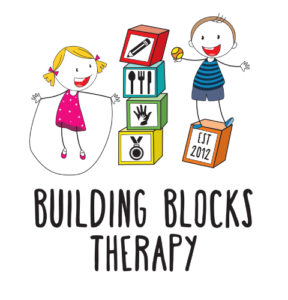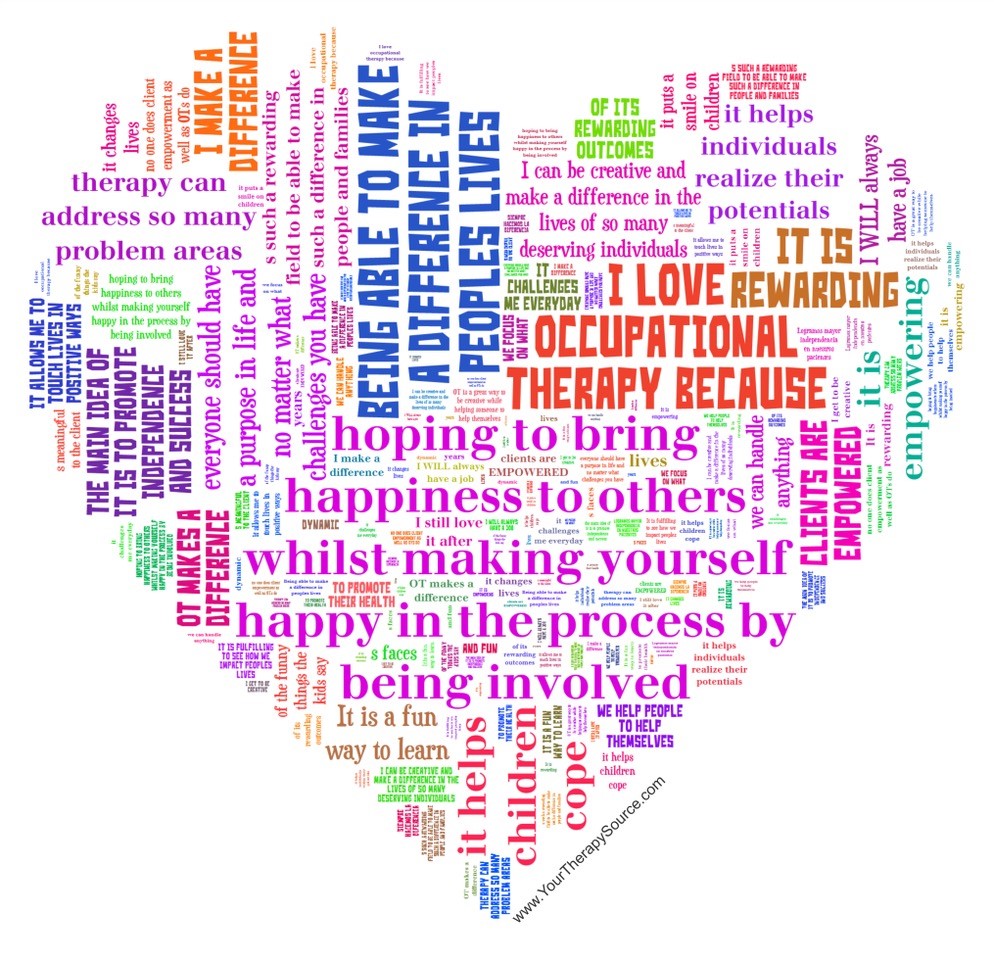Let’s partner to overcome the challenges that may hinder your ability to create inclusive and effective learning environments.
The School Inclusion Program offers a unique and comprehensive suite of innovative services designed to address your needs and provide ongoing support throughout the implementation process.
Here’s a summary of how our services can benefit you:
1. Occupational Therapy Assessments
- Deeper understanding of student needs: Identify individual strengths, weaknesses, and functional limitations to tailor instruction effectively by gathering information about their history, daily activities, interests and goals.
- Improved academic performance: Inform decisions about classroom accommodations and modifications to enhance student success.
- Reduced stress: Address barriers to learning and develop personalised strategies to support student well-being.
- Enhanced collaboration: Foster partnerships with parents and professionals for a more comprehensive approach.
2. Environmental Assessments
- Inclusive and safe learning spaces: Identify and recommend necessary modifications to the school environment to enhance safety, mobility, and inclusion for all students.
- Help secure funding: Advocate for appropriate funding to implement recommended changes.
- Enhanced accessibility: Create a more welcoming and supportive learning environment for all.
3. Family Connections
- Stronger parent-child relationships: Equip parents with strategies to build more effective connections to support their children’s emotional regulation and participation in daily life.
- Improved emotional regulation: Guide parents in understanding and addressing their child’s sensory needs and preferences.
4. Goal Setting and Strategies
- Student-centered approach: Collaborate with students to set clear, achievable goals that align with their individual needs.
- Enhanced motivation: Provide ongoing support, monitoring, and evaluation to keep students engaged and focused.
- Tailored interventions: Implement effective strategies, including skill acquisition, practice, environmental modifications, and assistive technology to enable effective goal setting.
5. Individual or Group Case Consultations/Supervision
- Personalised support: Receive one-on-one guidance or participate in group sessions to address specific classroom challenges.
- Collaborative problem-solving: Benefit from peer support and shared learning experiences.
- Continuous professional development: Explore new strategies and approaches to improve teaching practices.
6. Individual and Group Therapy
- Tailored support: Receive individualised therapy sessions that address specific needs and goals.
- Social and emotional development: Participate in group therapy to develop essential skills and build positive relationships.
7. Lunchtime – Fun Time
- Inclusive and positive school environment: Create a welcoming space for students who may find the playground overwhelming and forming relationships challenging.
- Enhanced social skills: Foster peer connections through structured activities and support.
- Improved emotional well-being: Create a safe and predictable environment for students during lunchtimes.
8. Modelling
- Hands-on learning: Observe therapists demonstrating effective strategies and techniques.
- Enhanced understanding: Gain a deeper understanding of evidence-based practices.
- Improved skill development: Practice new strategies and receive immediate feedback.
- Collaborative problem-solving: Work together to address challenges and find effective solutions.
9. Observations
- Comprehensive assessment: Through targeted observations, gain insights into a child’s functional abilities, challenges, and goals.
- Personalised support: Identify areas of need and tailor interventions accordingly.
- Goal setting and progress tracking: Establish clear objectives and monitor student progress.
- Inclusive learning plans: Develop and implement strategies to support the student’s participation in the classroom.
10. Resource Development
- Tailored resources: Receive evidence-based materials that address specific student needs and support inclusive learning.
- Enhanced classroom engagement: Use resources to create a more engaging and inclusive learning environment.
- Consistency across settings: Ensure students have consistent support throughout the day.
11. Transition Reports/Transition Support
- Continuity of care: Receive comprehensive reports that outline a student’s progress, goals, and recommendations for future settings.
- Informed decision-making: Use reports to make informed decisions about the student’s transition.
12. Understanding Me – Classroom Introduction Activity
- Inclusive classroom environment: Create a welcoming and understanding space for all students.
- Enhanced participation: Foster engagement and belonging by normalising tools and supports.
- Improved student outcomes: Support students’ academic and social success through a more inclusive and supportive environment.
13. Workshops for Parents and Educators
- Professional development: Attend workshops on topics such as child development, sensory processing, and classroom management.
- Enhanced understanding: Gain valuable insights into student needs and effective strategies.
- Stronger home-school connections: Foster collaboration and communication between parents and educators.

